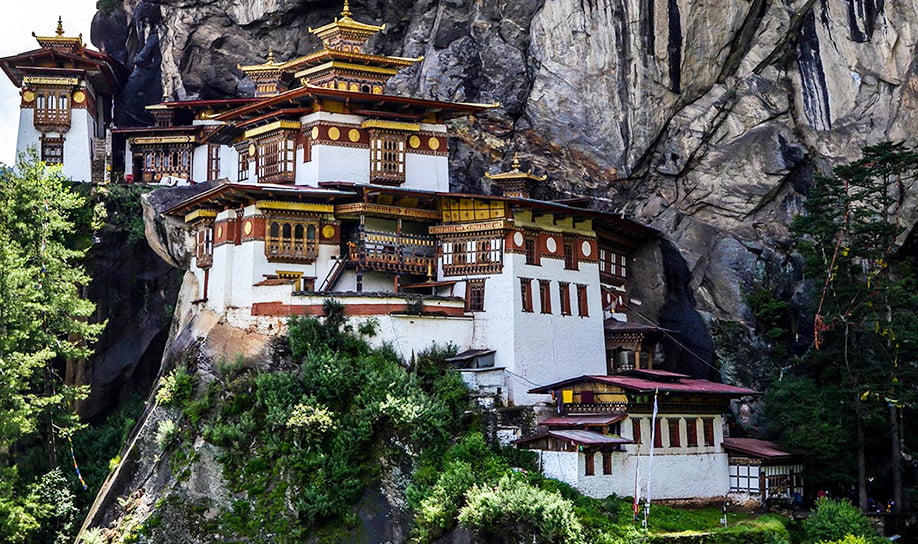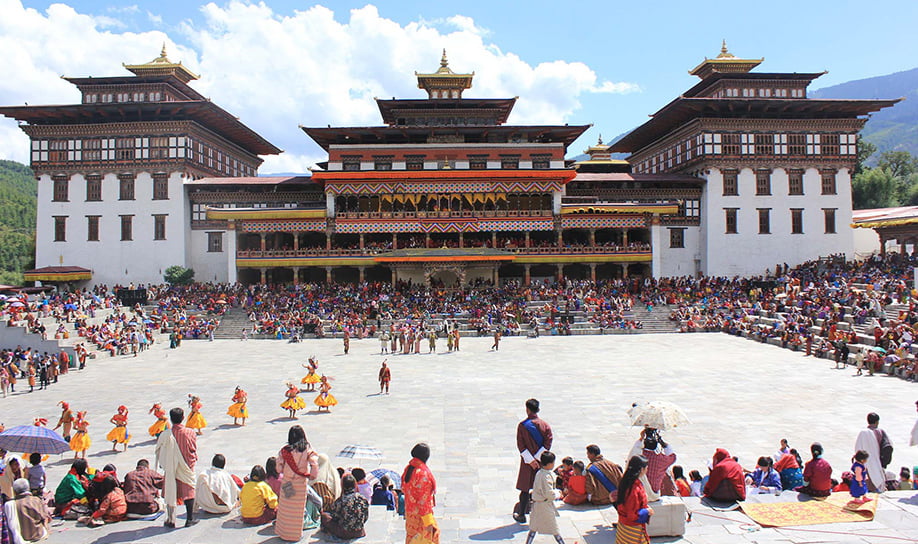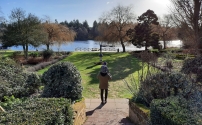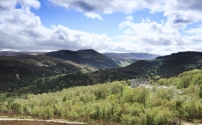12487
TotalViews
Cited on The New York Times’ ‘where to go in 2018’ list, this tiny Buddhist kingdom in the Himalayas has made human happiness a top priority by cleverly measuring the Gross National Happiness of its population since the 1970s. Introduced by the country’s fourth king, father of today’s ruler, GNH is seen as more important than Gross Domestic Product, and embraces sustainable tourism, development and the environment, education and health, and the preservation of its rich cultural heritage and traditions.

Despite having its share of poverty and illiteracy, Bhutan is generally seen as the happiest country in Asia for its focus on GNH, inspiring mountain scenery and strong sense of national identity. It’s the world’s only carbon-negative country, producing less carbon than its lush and varied forests absorb. Cigarettes are banned, and the population is required to wear national costume – a tartan judo-style jacket known as Driglam Namzha – during daylight hours.

Land-locked between India, China, and Nepal, Bhutan has been almost completely cut off for centuries, and it has never been conquered or wholly colonised by other nations. Radio broadcasting began in 1973, but television and the internet were banned until 1999. It’s overwhelmingly Buddhist, with a large Hindu minority, but also deeply superstitious: traditional homes have carved wooden erect phalluses on the main door lintels to ward off evil spirits.
Bhutan allowed its first foreign tourists in 1974, and now specializes in high value, low impact tourism. Its dependence on travellers brings opportunities and employment for local communities but a range of challenges too. To help secure its long-term economic development and sustainability, tourists can only visit by booking through licensed tour operators with packages that cost $200 to $250 a day, depending on the season. Some of that money is earmarked by the government for health care, free schools and infrastructure.

The fifth and current king, Jigme Khesar Namgyel Wangchuck (affectionately known as K-5, also the name of a local whisky) is passionate about making tourism work for his country. He created, for example, The Laya Royal Highlander Festival, held each October, to attract tourists to a poor region with an ethnic nomadic population. It showcases events such as yak judging, wrestling matches, pony races, native dancing and a contest for the best mastiff dog – as you do.

Go to Bhutan to have an astrologer read your fortune, watch the migration of white heron birds, hike mountains, cross rivers, climb to Tiger’s Nest monastery, visit Paro and be fascinated by the former capital Punakha, which best shows Bhutan’s regal past. Click here for more information.





 A Rewilding Awakening at Fritton Lake
A Rewilding Awakening at Fritton Lake Why I Love Alladale
Why I Love Alladale 5 Ethical Travel Start Ups to Support in 2020
5 Ethical Travel Start Ups to Support in 2020 Where to Travel in 2020 and Why?
Where to Travel in 2020 and Why?